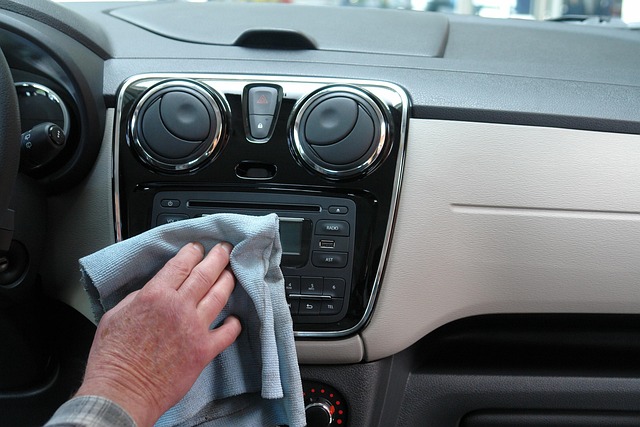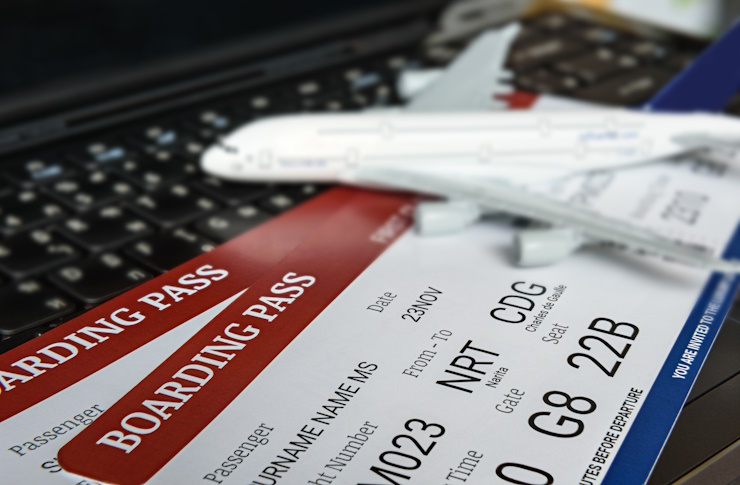The Truth About Private Jet Charter Prices
Private jet charter has long been associated with the ultimate luxury travel experience, but understanding the actual costs involved can be challenging. Beyond the glamorous perception lies a complex pricing structure influenced by aircraft type, flight distance, seasonality, and market conditions. This article explores the reality behind private jet charter prices and what travelers should know before booking.

Private jet travel represents the pinnacle of luxury transportation, offering unparalleled convenience, privacy, and flexibility. However, the pricing structure behind these exclusive flights often remains mysterious to many potential travelers. Understanding the true costs of private jet charters requires looking beyond the glossy brochures and celebrity Instagram posts to examine the market realities and pricing factors that determine what you’ll actually pay for this premium travel experience.
Understanding Private Jet Charter Cost Components
Private jet charter prices are determined by several key factors. The aircraft category significantly impacts costs, with light jets typically ranging from $2,500 to $5,000 per hour, midsize jets from $4,000 to $6,000 per hour, and heavy jets from $6,000 to $10,000+ per hour. Flight time is calculated based on the actual flying hours plus additional time for taxiing, waiting, and potential weather diversions. Positioning costs—expenses incurred when the aircraft must fly empty to reach your departure location or return to its base after dropping you off—can add 20-50% to your total bill.
Additional fees often surprise first-time charterers. These include Federal Excise Tax (7.5% in the US), segment fees, landing fees, overnight crew accommodations, de-icing (which can cost several thousand dollars in winter conditions), catering, and ground transportation. Understanding these components provides a more accurate picture of the total investment required for private air travel.
Market Trends Affecting Private Jet Price Trends
The private aviation market has experienced significant fluctuations in recent years. Following the COVID-19 pandemic, charter prices increased by 15-25% due to unprecedented demand from first-time private flyers seeking to avoid commercial airports. This surge in demand, coupled with supply chain disruptions affecting new aircraft deliveries and maintenance schedules, created a seller’s market where operators could command premium rates.
More recently, market stabilization has occurred in some segments, with light jet pricing showing signs of normalization. However, large-cabin aircraft continue to command premium rates due to their popularity for intercontinental travel. Fuel price volatility remains a significant factor, with fuel surcharges becoming increasingly common as operators seek to manage unpredictable energy costs. These market dynamics directly impact the final price consumers pay for private jet services.
Comparing Private Jet Options: From Fractional to On-Demand
Private aviation offers multiple access models, each with distinct pricing structures. On-demand charter provides pay-as-you-go flexibility but typically comes with higher hourly rates and potential positioning fees. Jet cards and membership programs require upfront deposits ($100,000-$500,000) but offer more predictable pricing and guaranteed availability with fixed hourly rates ranging from $5,000 to $15,000 depending on aircraft category.
Fractional ownership involves purchasing a share of an aircraft (typically 1/16 to 1/2), requiring significant capital investment ($500,000 to $8 million) plus monthly management fees and hourly operational costs. Whole aircraft ownership offers complete control but demands the highest investment, with acquisition costs ranging from $3 million for light jets to $70+ million for ultra-long-range aircraft, plus annual operating expenses of $700,000 to $4 million.
Flight Comparison: Private vs. First-Class Commercial
When evaluating private jet charter against premium commercial options, the cost differential varies significantly based on route, passenger count, and timing. For example, a transcontinental US flight (New York to Los Angeles) for four passengers might cost $25,000-$35,000 on a midsize private jet, compared to $4,000-$8,000 for four first-class commercial tickets. However, the calculation changes with more passengers or for routes with limited commercial service.
Time savings represent a significant but often uncalculated value proposition. Private flights utilize over 5,000 airports in the US compared to approximately 500 served by commercial airlines, potentially saving hours in travel time by accessing airports closer to final destinations. Additionally, private travelers bypass security lines and boarding processes, typically arriving just 15 minutes before departure rather than the recommended 2-3 hours for commercial flights.
Real-World Private Jet Charter Price Comparison
| Provider | Aircraft Type | NY-LA One-Way | London-Nice One-Way | Hourly Rate Range |
|---|---|---|---|---|
| NetJets (Fractional) | Midsize (Citation Latitude) | $32,000-$38,000 | $22,000-$26,000 | $6,500-$8,000 |
| Wheels Up | Super-Mid (Citation X) | $29,000-$35,000 | $24,000-$28,000 | $7,000-$8,500 |
| VistaJet | Large (Challenger 350) | $35,000-$42,000 | $25,000-$29,000 | $8,000-$9,500 |
| Jet Edge | Heavy (Gulfstream G450) | $40,000-$48,000 | $28,000-$32,000 | $9,000-$11,000 |
| FlyExclusive | Light (Citation CJ3) | $25,000-$30,000 | $18,000-$22,000 | $4,500-$5,500 |
Prices, rates, or cost estimates mentioned in this article are based on the latest available information but may change over time. Independent research is advised before making financial decisions.
Maximizing Value in Luxury Travel by Air
Savvy travelers can optimize their private flying budget through several strategies. Empty leg flights—repositioning flights that would otherwise fly without passengers—offer discounts of 50-75% off standard charter rates, though they require flexibility in scheduling. Booking during off-peak periods (typically midweek or outside holiday seasons) can yield savings of 10-20%. For frequent flyers, jet card programs with fixed hourly rates provide protection against peak season pricing surges and offer potential volume discounts.
Consideration of aircraft size appropriate to mission requirements presents another opportunity for cost efficiency. Many travelers instinctively request larger aircraft than necessary, but right-sizing can reduce hourly rates by $2,000-$4,000 without significantly impacting comfort or convenience. Working with a reputable broker who has access to multiple operators can ensure competitive pricing and appropriate aircraft selection based on specific trip requirements.
Private jet charter prices reflect a complex interplay of operational costs, market conditions, and service levels. While undeniably premium-priced compared to commercial alternatives, understanding the true cost structure allows travelers to make informed decisions about when private aviation represents a justifiable value proposition. The convenience, time savings, and flexibility offered by private travel continue to attract discerning travelers who prioritize these benefits, even as the market evolves with new pricing models and access options.




